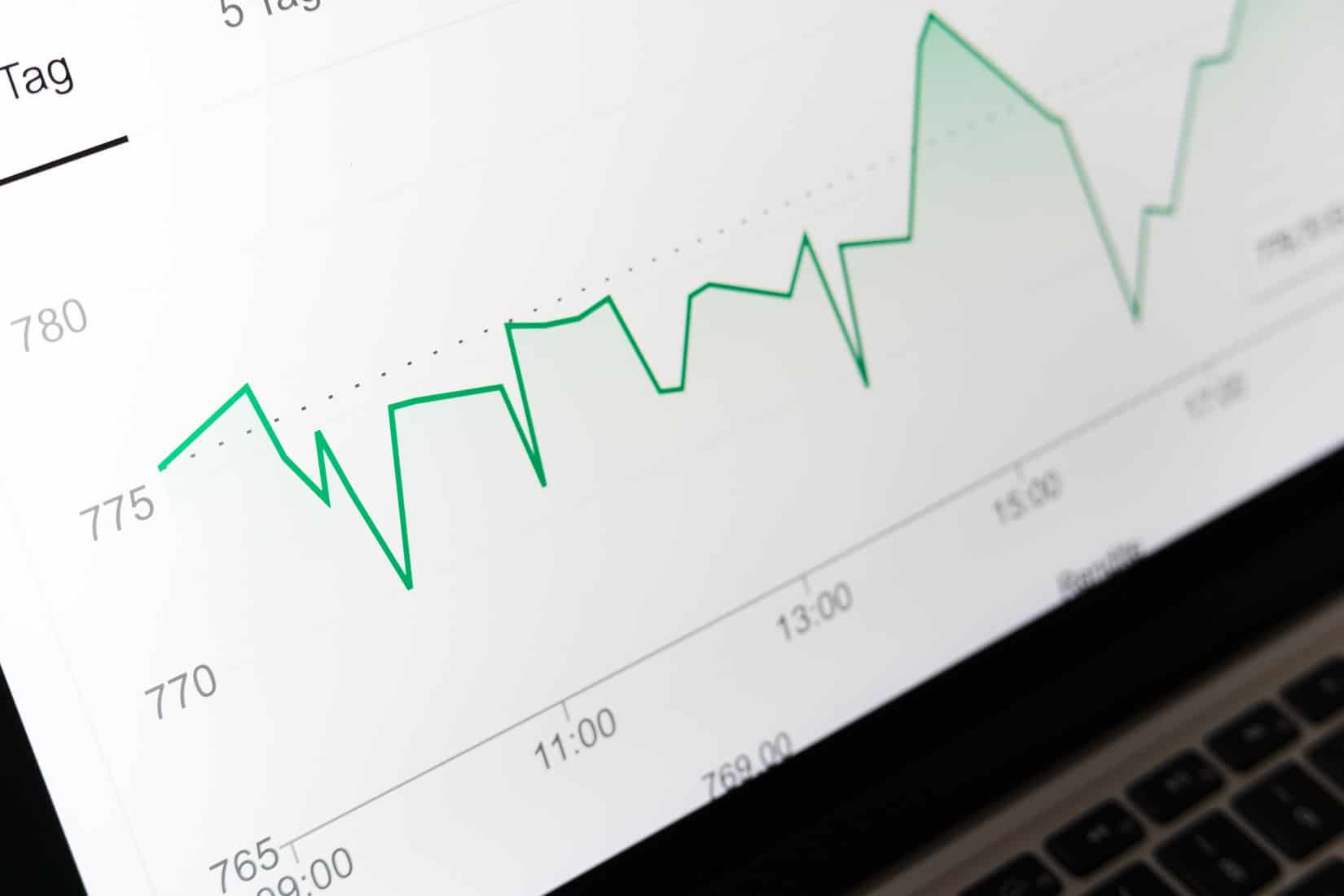
How producer price index affects other inflation measures
How Producer Price Index Affects Other Inflation Measures
Inflation is the measure at which prices of goods and services rise and fall. It is among the most accurate measures of the general condition of an economy. When the inflation rate is low and steady, an economy is usually growing, driven by sound monetary policies, and in good overall health. In contrast, environments that promote inflation substantially limit a person’s savings’ purchasing power. Deflation usually signals slow economic growth.
Economists and policymakers are constantly working with central banks to ensure that the open market operates optimally and that monetary policies are always in tune with efforts to control and stabilize inflation. When inflation soars, central banks hike interest rates so as to rein in economic growth and the constant need for funds. In the same manner, deflation (decreasing prices) will usually demand a rise in cash supply as governments try to energize the economy.
As for investors, inflation can serve as a top predictor of interest rate activity. In most cases, interest rates are negatively correlated with market returns.
Understanding Producer Price Index (PPI)
Inflation is measured using The Consumer Price Index (CPI). CPI takes into consideration price changes of goods and services from the consumer’s perspective. The Producer Price Index (PPI), while usually overlooked, can also be useful in measuring price change rates. The Bureau of Labor Statistics (BLS), every month, compiles and announces PPI data. The BLS states that the PPI reflects the average change over a particular period in the selling prices for which domestic producers are able to sell their goods and services.
PPI and CPI are almost the same, except that PPI involves increasing prices from a producer’s perspective instead of the consumer’s, as is the case with the CPI. Although the CPI examines final prices in relation to consumers, the PPI reverts and considers output price changes that affect producers. The differences between the measurements are impacted by several factors, including sales taxes and markups on the products as they pass through the multilevel supply chain.
Measuring PPI
Different stages of processing call for three key PPI measures, while the index can be based on crude, intermediate, and finished goods.
- The PPI Commodity Index measures crude goods and shows the fluctuating costs of input materials like iron ore or soybeans.
- The PPI Stage of Processing Index monitors price changes of goods mid-production and includes such products as paper, sugars and leather.
- Core PPI, which includes furniture, footwear and tires, among other products, is the index of finished goods and is usually what experts mean when referencing the producer price index.
PPI can be understood under general input/output measure categories as well, showing price change rates at which consumers buy and sell their products.
When computing PPI, volatile items like energy and food prices do not form part of the core formula. While this diminishes the general accuracy of the index, their prices are significantly affected by fleeting supply and demand imbalances that make long-term comparisons with the index extremely hard. Fortunately, the BLS monitors the price changes for several of such absent components, which means analysts can include food and energy inputs when recomputing the index values.
As soon as the price changes have been compared to those that existed in 1982, the base year used for the index with a value of 100, the PPI’s general value is determined through weighted averaging. The weights depend on how important the components are relative to their contribution to the national output. For instance, plastic bottles weigh more heavily compared to umbrellas. The total weight of all the included items adds up to 100%.
In February 2011, the BLS started improving the stage-of-processing index through experimentation. While they began focusing only on intermediate processed and unprocessed goods’ price fluctuations, they proceeded to monitor the increasing prices of services and construction, too.
The Significance of PPI
Next to unemployment data, inflation is most often considered an indicator for investors in predicting the impact of monetary policy. The core PPI, being a top CPI indicator, can work in different ways towards improving decision-making. Every time producers encounter input inflation, the increasing costs passed are felt by the retailers, all the way down to the consumer.
Moreover, PPI offers a view of inflation that is unique from what CPI provides. While consumer price changes affect consumers, monitoring PPI helps them understand what’s causing the CPI changes. If, say, CPI rises much faster than PPI, this could signal that issues besides inflation could be behind retailers increasing their prices. But if CPI and PPI rise together, retailers may just be trying to sustain their operating margins.
Economists may also predict the finished goods index movement by watching the intermediate index. Intermediate index movement may be anticipated by examining the crude index. Basically, the data gathered from tracking the decreasing indicators (those that involve raw materials) may be used to determine the increasing core indicators. Finished goods’ PPI can predict probable CPI movement. At times when companies have greater input costs, such costs are finally passed on to the consumers. Such firms will then price their final products higher when delivering to retail locations. While companies all over the supply chain will often hedge their input costs, greater prices will ultimately be set upon the expiration of the fixed-price contracts.
Wrapping Up
In the end, following PPI trends allows both consumers and investors to be more aware of inflationary activity. Inflation is not as drastic as a crash, but it can be more damaging to anyone’s portfolio.


